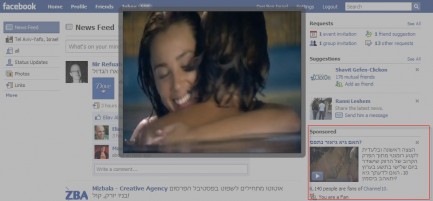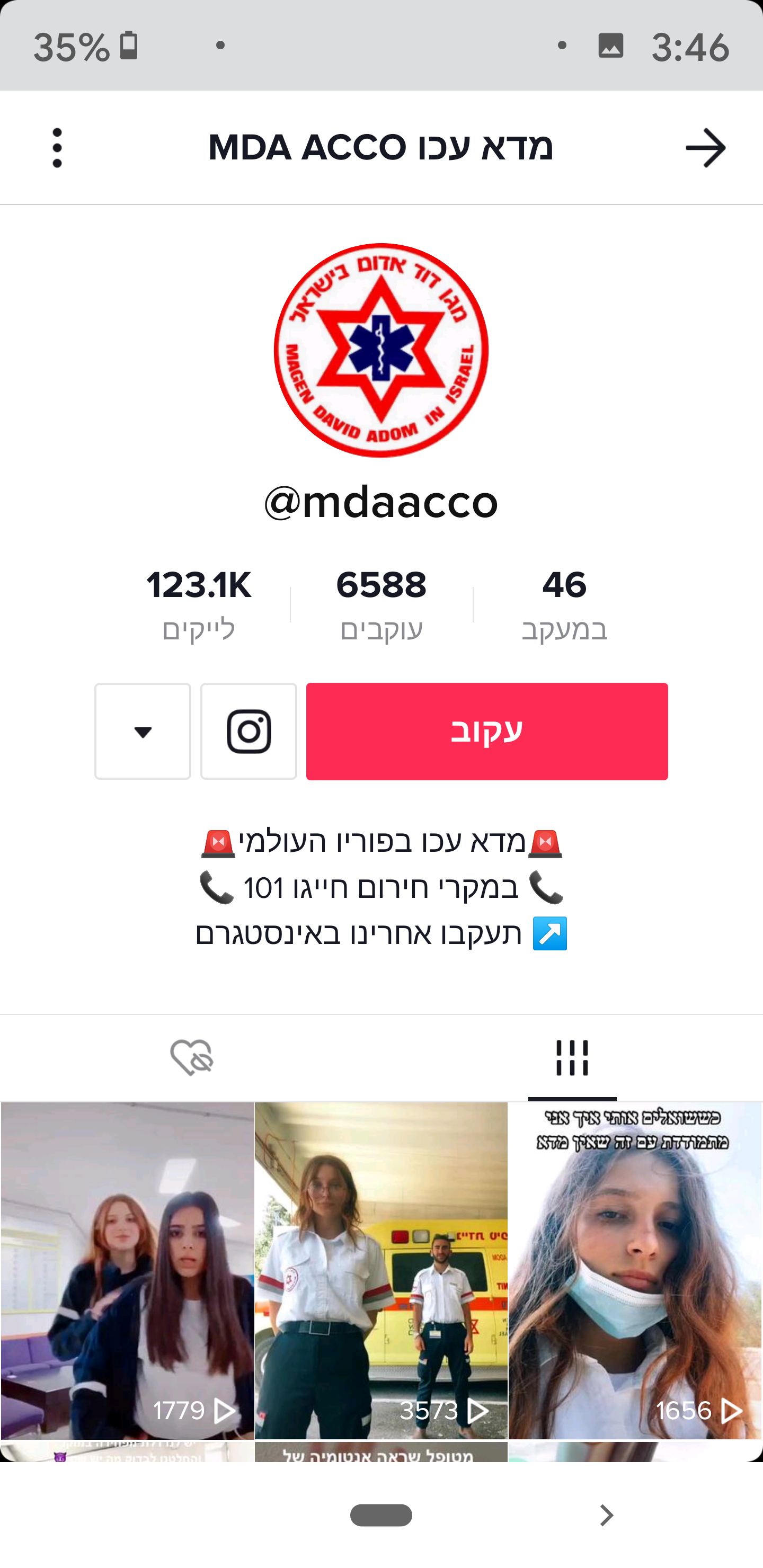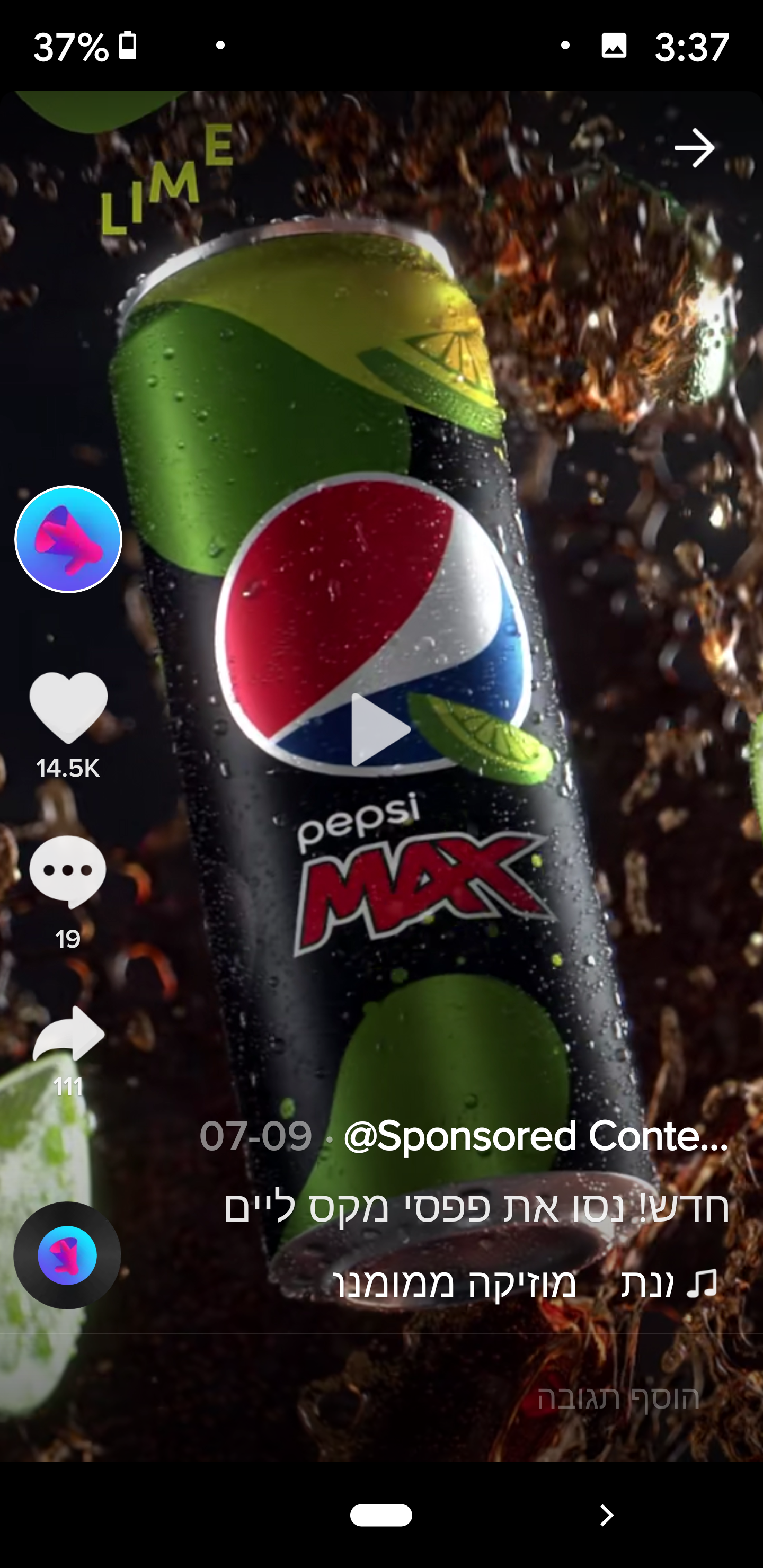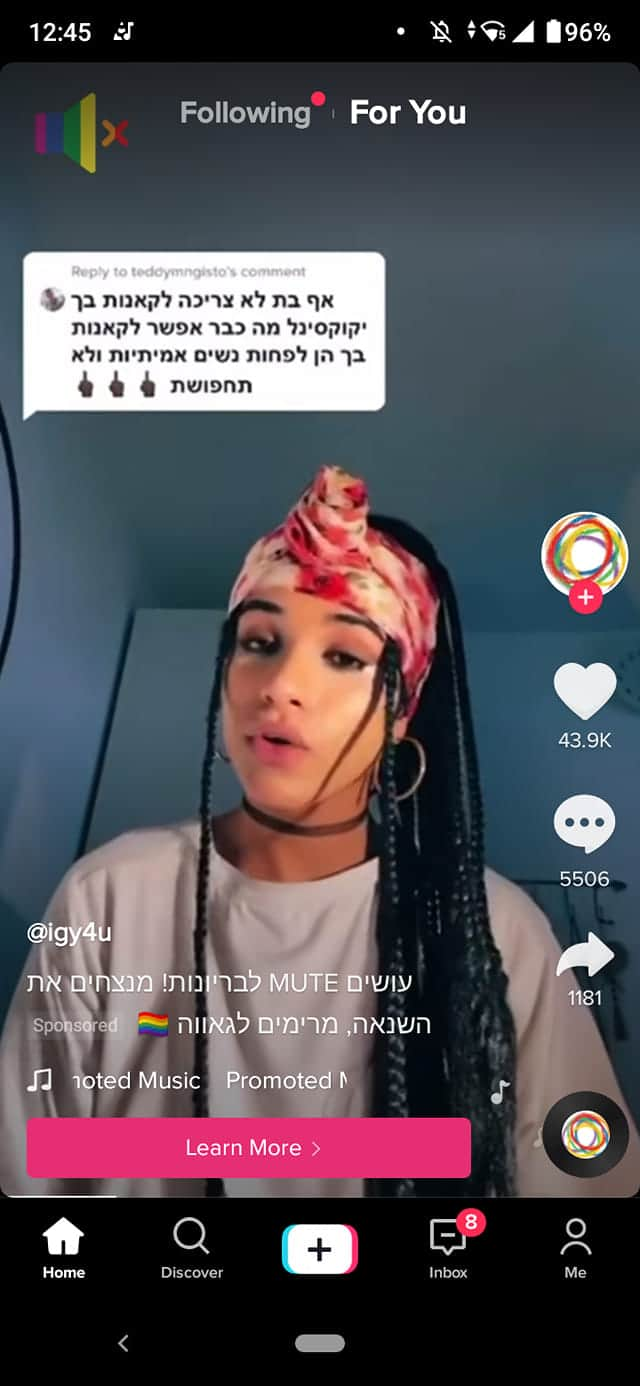After having flourished in Israel during the Corona era, more than any other social media platform, and even sprouting a local branch, advertising on TikTok is starting to take root in Israel. Does it deliver the goods?
I was a young digital manage at Channel 10, of blessed memory, when we launched the Israeli version of the international reality show “The Bachelor”. It was the dawn of digital advertising; days during which an interactive banner was still considered the zenith of creativity and a Google Ad the pinnacle of sophistication. And then came Facebook. The fourth episode of “The Bachelor” showed Guy Geyor giving one of the contestants a scandalous kiss in the pool; nowadays it would probably be edited out of a show like the Kardashians, for lack of interest. We decided to promote “The Bachelor” with Facebook’s new video ad format that was being sold exclusively to large advertisers, at prices that wouldn’t put to shame a modest yet effective television campaign. We targeted a million women, over a broad spectrum of ages, crossed our fingers and hoped for the best.

Except for the result – record ratings for that particular episode, as compared to the entire season – everything that could go wrong with the campaign – did: overextended uploading time, mismatched targeting and problematic reactions, just to mention a few… It was only months later that we dared use the same tool; this time from one campaign to the next, we watched the tool mature (maybe we did too), improve and become a nearly constant companion in our launching strategies; often at the expense of other tried-and-true tools.
A decade passed. Facebook is now the default for most advertising campaigns in Israel, and if not Facebook then her younger sister, Instagram that belongs to the same company. In this way, Facebook covers most of the Israeli audience. It is the chosen community “campfire” (or in this case pillar of fire) on Facebook and picks up the slack with the younger, lounging audience, on Instagram. But for the past few months, the “TikTonic” plates have been shifting – more and more young people are leaving town for the alternative that until recently was used mainly by boys and girls for lip dub and “challenges” that even in America would probably be better defined as “problems”. During the Corona era, TikTok was increasingly viewed as the place with the most likelihood for going viral rapidly, further accelerating the migration of young people to this platform. Following in their footsteps, mostly in the role of content users rather than creators, came the slightly less young; i.e. – the rest of us.
A window of opportunity for attaining rapid viral status, gratis, was also opened to brands. However, most Israeli brands were uneasy about entering deep waters and chose to wait, while only the courageous, dove in. They discovered a treasure chest of exposure, familiar only to those who had reveled in the thousands of likes on a Facebook business page, before a cruel algorithm cut out a large percentage of organic exposure, with the entry of advertising. It was actually smaller companies and societies who took the risk, dove in, and, almost instantaneously, found themselves awarded by free and respectable exposure.

It’s a well known fact that the one type advertising considered more effective than the “CEO track”, is publicity on the “CEO’s son’s track”. So it was well below the surface that the demand for the option of advertising on TikTok started to sprout. The Chinese, who are not known for standing idly by when they see such a demand forming, quickly opened a TikTok embassy in the Holy Land, to accelerate the sales of advertising.
First testimonies from advertisers indicate a mixed trend:
On the one hand, reaping the rewards of the well loved primacy effect -intensified presence, improved memorability and reasonable campaign budgets with impressive results that as a bonus also strengthen the advertiser’s TikTok page, if they have one (some of the advertisers prefer to advertise without a page of their own – in most cases a mistaken decision).
On the other hand, things are not yet falling into place: Acceptance of campaigns is a slow process (about 3 Chinese work days, in other words half a lifetime when translated into Hebrew), result measurement is limited, synchronization with external interfaces is problematical, and imprecision in targeting is a real concern. For those accustomed to working with Google’s and Facebook’s relatively well-greased advertising systems, getting used to TikTok’s system is no simple task. If these growing pains sound familiar, it’s no coincidence – Facebook and Google were the same, once upon a time.
If you’ve decided to dive in, you must first take time to “test the water”. There’s no lack of brands that dove head in (copy-pasting a creative that was originally intended for another platform) and hit the rocks (all names withheld). TikTok has a language and character all its own. It’s a good idea to learn them and adjust the creative accordingly and not carry out live experiments (TikTok users are less than forgiving).


How to test the water?
Will TikTok be just the new kid on the block or the bully who will rule the neighborhood as Facebook and Google did in the past? Time will tell. Until then we can embrace another item that has been added to our digital toolbox, in the hope that it will somewhat reduce the costs of the tools already at our disposal.
Itay Tsamir, Digital Strategist, Consultant and Speaker for the business sector, Lecturer for MBA, MA students
Please complete the form below to schedule a consultation.
Get notified about new articles